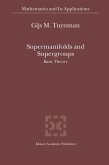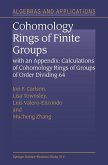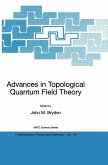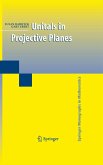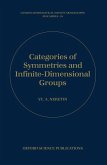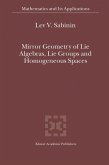Felix Klein, one of the great nineteenth-century geometers, discovered in mathematics an idea prefigured in Buddhist mythology: the heaven of Indra contained a net of pearls, each of which was reflected in its neighbour, so that the whole Universe was mirrored in each pearl. Klein studied infinitely repeated reflections and was led to forms with multiple coexisting symmetries. For a century, these images barely existed outside the imagination of mathematicians. However, in the 1980s, the authors embarked on the first computer exploration of Klein's vision, and in doing so found many further extraordinary images. Join the authors on the path from basic mathematical ideas to the simple algorithms that create the delicate fractal filigrees, most of which have never appeared in print before. Beginners can follow the step-by-step instructions for writing programs that generate the images. Others can see how the images relate to ideas at the forefront of research.
Hinweis: Dieser Artikel kann nur an eine deutsche Lieferadresse ausgeliefert werden.
Hinweis: Dieser Artikel kann nur an eine deutsche Lieferadresse ausgeliefert werden.
'[This book is] richly illustrated with these wonderful and mysterious pictures and gives detailed instructions for recreating them, right down to the level of computer programs (written in pseudo-code, and easy to translate into any computer language) ... the reader who attempts any substantial subset of [the projects] will gain enormously ... Even those who are convinced they have no ability to visualize may change their minds ... It is almost required reading for the experts in the field ... I truly love this book.' John H. Hubbard, The American Mathematical Monthly




